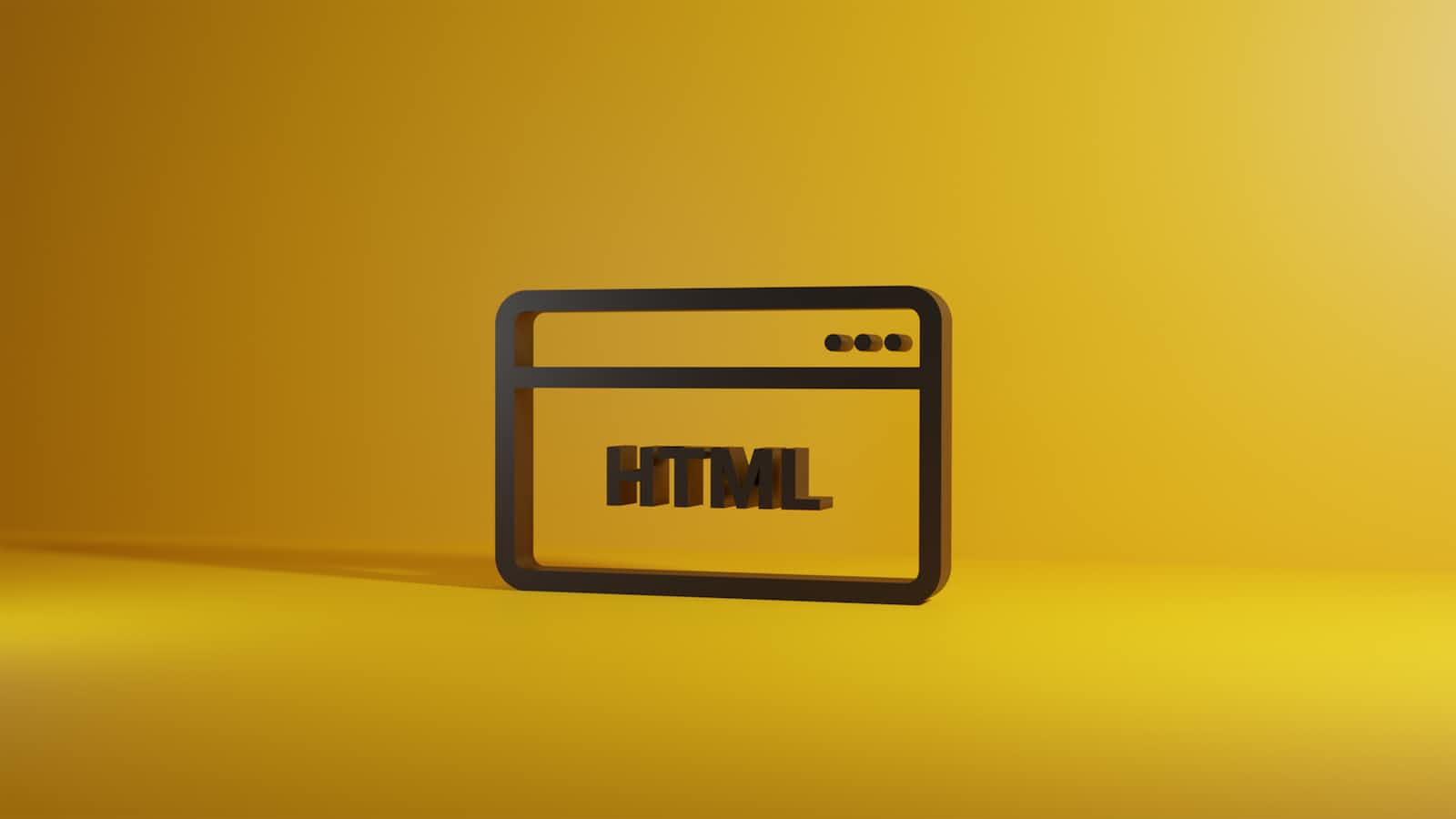A Beginner's Guide to HTML: Understanding the Basics and Building Your First Website
 James Oluwaleye
James Oluwaleye
HTML (Hypertext Markup Language) is the backbone of the modern web, providing the structure and content of virtually every website on the Internet. Whether you're building a simple personal blog or a complex e-commerce platform, HTML is the foundation upon which all your web pages will be built.
In this article, we will provide a comprehensive guide on how to get started with HTML, from the basics of the language to advanced techniques for creating dynamic and interactive web pages. Aside from this article, you can check out this E-book that will turn you from a beginner to an advanced programmer
Getting Started with HTML
HTML is a markup language, which means it uses tags and attributes to define the structure and content of web pages. A basic HTML document consists of a head and a body, where the head contains information about the page (such as the title and meta tags), and the body contains the content that will be displayed in the web browser.
Here's a simple example of an HTML document:
<!DOCTYPE html>
<html>
<head>
<title>My First HTML Page</title>
</head>
<body>
<h1>Hello World!</h1>
<p>Welcome to my first HTML page.</p>
</body>
</html>
In this example, the <!DOCTYPE html> declaration specifies that this is an HTML5 document. The <html> tag defines the root element of the document, while the <head> and <body> tags define the head and body sections of the document.
The <h1> and <p> tags define header and paragraph elements, respectively, and the text within these tags is the content that will be displayed in the web browser.
HTML Elements and Attributes
HTML elements are used to define the structure and content of web pages. Each element is defined by a pair of opening and closing tags, and the content of the element is placed between these tags.
For example, the following code defines a paragraph element:
<p>This is a paragraph of text.</p>
HTML elements can also have attributes, which provide additional information about the element. Attributes are specified within the opening tag of an element and are used to define things like the color of a text or the source of an image.
For example, the following code defines an image element with the src attribute specifying the source of the image:
<img src="https://www.example.com/image.jpg" alt="An example image">
HTML Headings
HTML headings are used to define headings and subheadings within web pages. There are six levels of headings, from <h1> to <h6>, with <h1> being the most important and <h6> being the least important.
For example, the following code defines an <h1> heading:
<h1>This is a Heading</h1>
HTML Links
HTML links are used to create hyperlinks between web pages. The <a> tag is used to define a link, with the href attribute specifying the target of the link.
For example, the following code defines a link to the Google homepage:
<a href="https://www.google.com">Visit Google</a>
HTML Images
HTML images are used to display pictures and graphics on web pages. The <img> tag is used to define an image, with the src attribute specifying the source of the image and the alt attribute providing a description of the image for accessibility purposes.
For example, the following code defines an image element:
<img src="https://www.example.com/image.jpg" alt="An example image">
HTML Lists
HTML lists are used to organize content into lists, such as bulleted or numbered lists. There are two types of lists in HTML: unordered lists (created using the <ul> tag) and ordered lists (created using the <ol> tag).
For example, the following code defines an unordered list:
<ul>
<li>Item 1</li>
<li>Item 2</li>
<li>Item 3</li>
</ul>
HTML Forms
HTML forms are used to collect user input, such as filling out a contact form or placing an order. The <form> tag is used to define a form, and various form elements, such as text inputs, checkboxes, and submit buttons, are used to collect and submit user input.
For example, the following code defines a simple contact form:
<form action="https://www.example.com/submit-form" method="post">
<label for="name">Name:</label>
<input type="text" id="name" name="name"><br>
<label for="email">Email:</label>
<input type="email" id="email" name="email"><br>
<label for="message">Message:</label>
<textarea id="message" name="message"></textarea><br>
<input type="submit" value="Submit">
</form>
HTML Tables
HTML tables are used to display data in a tabular format, such as a product catalog or financial report. The <table> tag is used to define a table, with various elements, such as <tr> (table row), <th> (table header), and <td> (table cell), used to define the structure of the table.
For example, the following code defines a simple table:
<table>
<tr>
<th>Header 1</th>
<th>Header 2</th>
</tr>
<tr>
<td>Row 1, Column 1</td>
<td>Row 1, Column 2</td>
</tr>
<tr>
<td>Row 2, Column 1</td>
<td>Row 2, Column 2</td>
</tr>
</table>
HTML Semantic Elements
HTML semantic elements provide additional meaning to web pages, such as defining headings, paragraphs, and navigation menus. Some common semantic elements include <header>, <nav>, <main>, <article>, and <footer>.
For example, the following code defines a basic page structure using semantic elements:
<header>
<h1>My Website</h1>
<nav>
<ul>
<li><a href="#home">Home</a></li> <li><a href="#about">About</a></li> <li><a href="#services">Services</a></li>
<li><a href="#contact">Contact</a></li>
</ul>
</nav>
</header>
<main>
<h2>Welcome to My Website</h2>
<p>This is the main content of my website.</p>
</main>
<article>
<h3>About Us</h3>
<p>Learn more about our company and what we do.</p>
</article>
<footer> <p>Copyright © 2023 My Website</p>
</footer>
In conclusion, HTML is a fundamental building block of the web and a must-know for any aspiring front-end developer. Whether creating a simple website or a complex web application, a solid understanding of HTML is essential. By mastering the basics of HTML, you will have a solid foundation for further learning and growth in the field of web development.
Subscribe to my newsletter
Read articles from James Oluwaleye directly inside your inbox. Subscribe to the newsletter, and don't miss out.
Written by

James Oluwaleye
James Oluwaleye
I am James Oluwaleye, a seasoned professional specializing in Data Analysis and Back-End Development. With over a several years of experience, I have honed my skills in deriving meaningful insights from data and crafting robust back-end solutions. My expertise extends beyond these domains to include Site Reliability Engineering (SRE), DevOps practices, and Kubernetes deployments. In the realm of data, I excel in extracting actionable intelligence and implementing data-driven strategies. On the technical front, my proficiency lies in architecting scalable and efficient back-end systems. This diverse skill set allows me to seamlessly integrate data analytics and back-end development principles, contributing to a holistic approach to solving complex technological challenges. In addition to my technical abilities, I am also an accomplished technical writer. I have a talent for explaining complex technical concepts in a clear and concise manner, making it easier for others to understand and learn. Whether it's creating tutorials, writing product documentation, or developing training materials, I take pride in delivering high-quality content that is both informative and accessible.